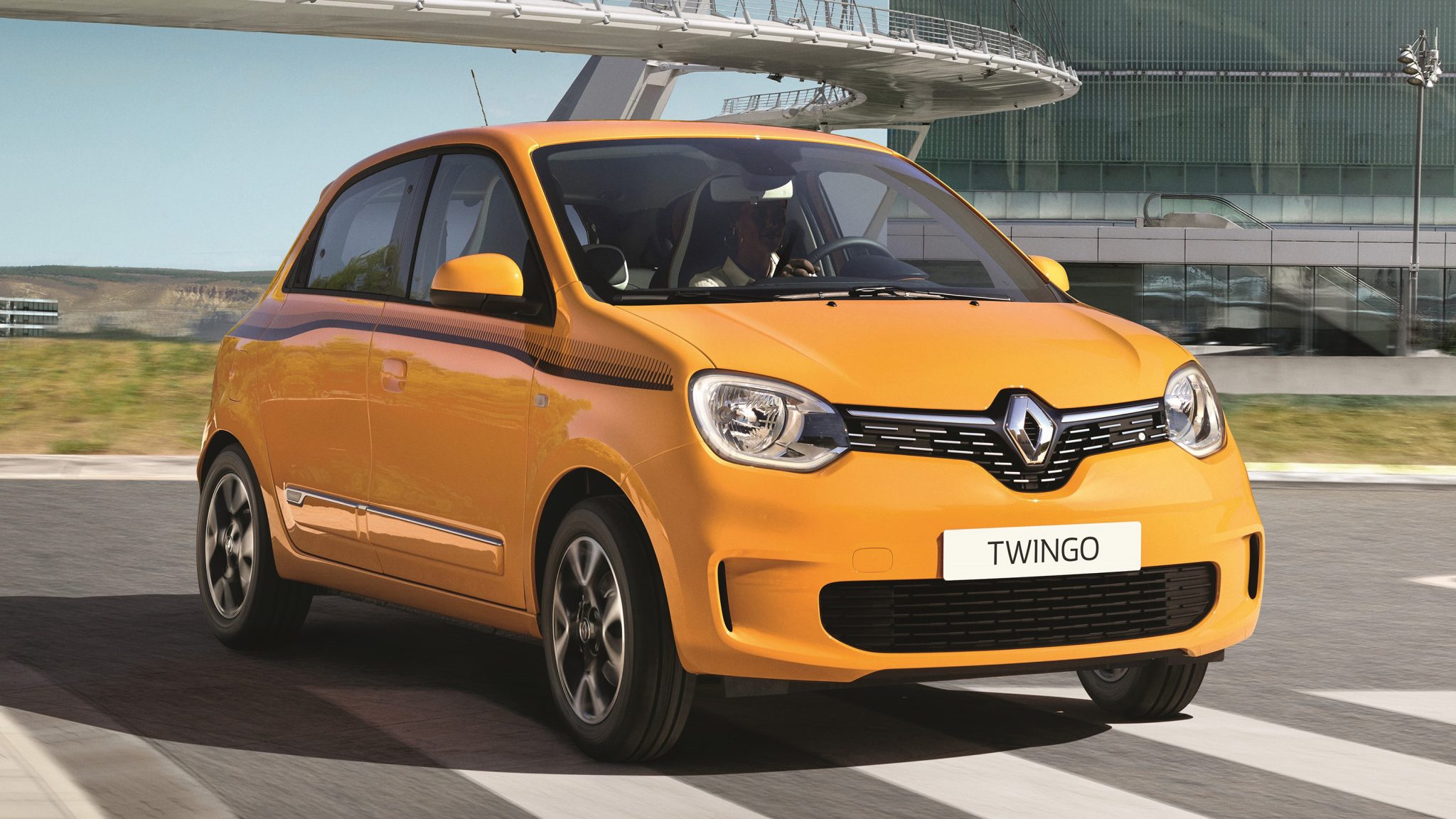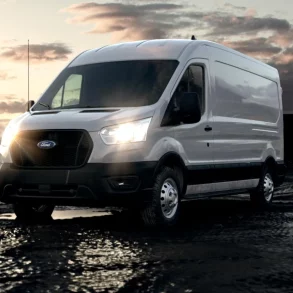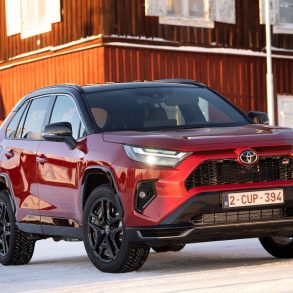Renault Twingo
The Renault Twingo is a city car produced by the French automaker Renault. Introduced in the early 1990s, it represented Renault’s answer to the demand for compact, economical, and urban-friendly vehicles. Over the years, the Twingo has undergone several redesigns but has consistently maintained its playful design and compact size, making it particularly suited for city driving.
Renault Twingo Overview
The Twingo was first unveiled at the Paris Motor Show in 1992 and subsequently launched in 1993. Its name is a blend of the words “Twist,” “Swing,” and “Tango,” aiming to capture its lively and dynamic nature. The original Twingo was notable for its one-box design and innovative features. It sported a cheerful, friendly face that resonated well with consumers and set it apart from other cars in its segment. Throughout its various iterations, the Twingo has always embraced a playful and distinctive design language.
Known for its iconic, rounded design and unique interior, the first-generation Twingo was highly innovative for its time. It had a sliding rear seat, allowing for flexibility between passenger and cargo space. The Twingo II showcased a more modern design, while still retaining a compact size. It catered to a broader European market, with variations in equipment levels and powertrains. The Twingo III adopted a rear-engine, rear-wheel-drive layout, a concept co-developed with Daimler AG (which led to the Smart ForFour). This change aimed to maximize interior space while keeping the exterior dimensions compact. It was a big departure from prior generations.
The Twingo occupies the city car segment for Renault and competes with other small cars like the Fiat 500, Volkswagen up!, and Toyota Aygo, among others. Renault Twingo is a good choice for those who are looking for a stylish and practical city car. It is also a good value for the money.









